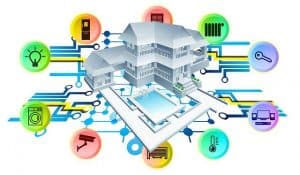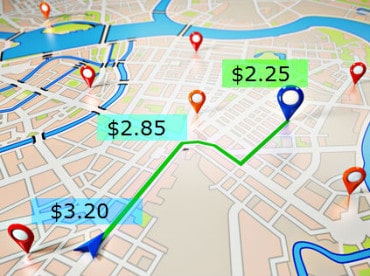
Before the pandemic, smart devices may not have had access to connect. But as workers have logged-on from home, new pathways to sensitive information can be opened.
During peak pandemic, workers furloughed, or handling tasks remotely presented a considerable security risk for companies due to unsecured smart devices. Thanks to security loopholes and lack of security first thinking for networked home devices, hackers could take advantage of the massive influx of remote workers to access sensitive company information.
See also: How AI is Enabling Pervasive Biosensing
Remote Work Security Loopholes
Companies had to think more closely about security weak points in networked devices like printers in the past. These devices often had access to every networked hub in the office but offered little protection itself. Companies became more aware of the weaknesses of networking without security protocols in place.
Cue COVID-19. Companies struggled to manage the sudden influx of remote work, allowing users to connect to key company hubs from home smart devices without much governance. Hackers seized on this access, taking over smartphones, tablets, baby monitors, thermostats — anything that could jump accounts through a single unified network. From there, they had a back door to many company hubs.
These devices are often pushed to market with little to no security protocols. Before the pandemic, these devices may not have had access to connect, but workers logged-on from home, offering new pathways to sensitive information.
Researchers are currently building security maps designed to create pathways from these IoT devices instead of focusing solely on computer hubs. They’re analyzing network traffic to find these hacks and hope to identify them and take action in real-time in the near future.
Moving Forward with a Remote Workforce
The network’s goal is to democratize the data for average workers to see and understand, helping both companies and their work base have a greater understanding of what constitutes an unsecured portal to these sensitive company hubs.
A complete system will identify attacks and notify consumers as well as organizations and service providers, locking down those weak points before attacks progress. However, both companies and consumers will have to adopt security first mindsets to adopt new technology and move forward with a greater remote workforce.
In the meantime, companies can take the following steps to move towards better governance for remote employees:
- Implement training: Alerting workers to personal devices’ potential issues goes a long way to improving overall security.
- Reconsider personal devices: Ideally, workers should have access only through company-provided devices. In the real world, that may not be possible, so companies should provide regular audits for personal devices.
- Update, authenticate, and secure: This includes devices and collaboration software.






























